Is artificial intelligence good for Society?
Sound waves travel through different mediums (such as solids, liquids, and gases) by causing particles in the medium to vibrate. The way sound waves propagate depends on the properties of the medium, including its density, elasticity, and temperature. Here's how sound waves travel through each mediuRead more
Sound waves travel through different mediums (such as solids, liquids, and gases) by causing particles in the medium to vibrate. The way sound waves propagate depends on the properties of the medium, including its density, elasticity, and temperature. Here’s how sound waves travel through each medium:
- Through Solids:
- In solids, sound travels quickly because the particles are closely packed together. When sound energy is applied, the particles vibrate and transfer energy to neighboring particles. The stiffness (elasticity) of solids allows sound to travel at high speeds. For example, sound travels faster through metal than through wood or rubber.
- Through Liquids:
- In liquids, sound waves also propagate by causing particles to vibrate. However, since particles in liquids are more spread out than in solids, sound travels slower through liquids than solids. For instance, sound travels faster in water than in air but slower than in solids like steel.
- Through Gases:
- In gases, sound travels the slowest because the particles are far apart and have less interaction with each other. In air, for example, sound travels at a speed of about 343 meters per second at room temperature. The speed of sound in gases depends on factors like temperature and pressure—higher temperatures generally result in faster sound transmission, as the particles move more rapidly.
Sound travels fastest in solids (due to close particle proximity and high elasticity), slower in liquids, and slowest in gases (due to greater particle distance and less efficient energy transfer).
See less
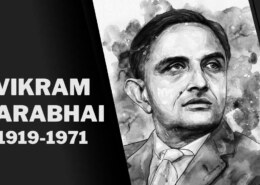

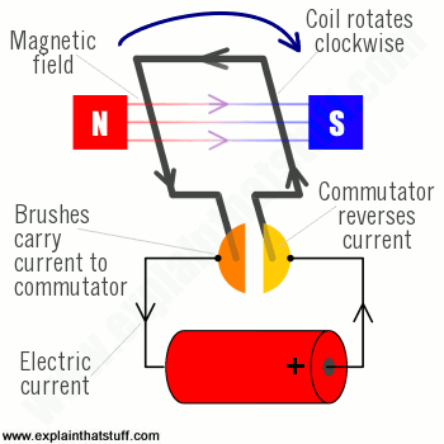
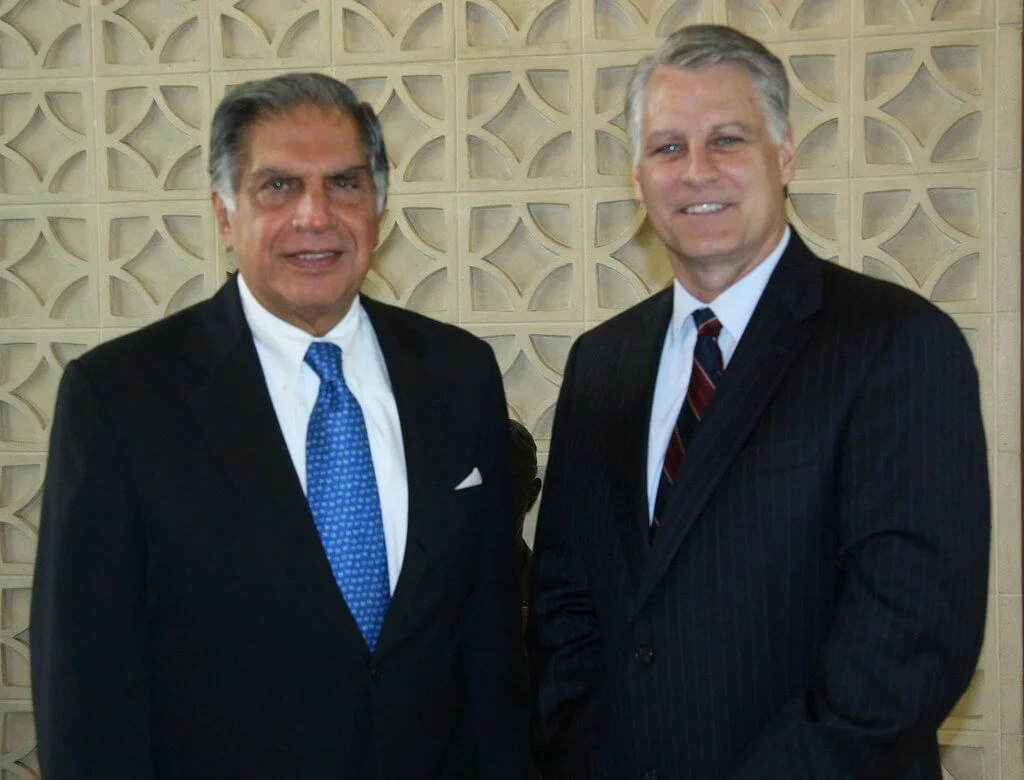
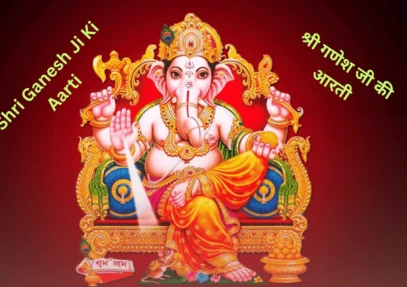
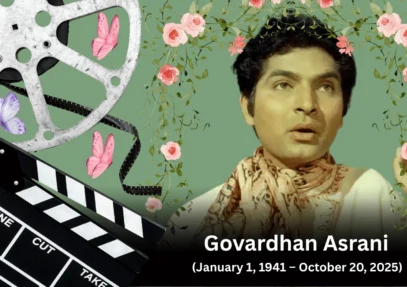

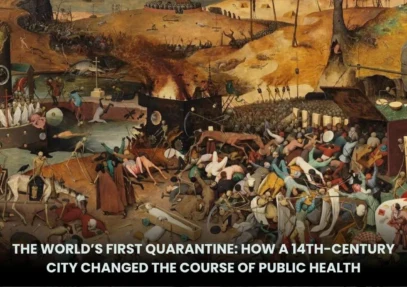


Artificial Intelligence (AI) has the potential to be both beneficial and challenging for society, depending on how it is developed and applied. Here are some aspects to consider: Positive Impacts: Healthcare: AI can help with early diagnosis, personalized treatments, and drug development. It can assRead more
Artificial Intelligence (AI) has the potential to be both beneficial and challenging for society, depending on how it is developed and applied. Here are some aspects to consider:
Positive Impacts:
Healthcare:
AI can help with early diagnosis, personalized treatments, and drug development. It can assist doctors in identifying conditions that may not be easily detectable, improving health outcomes.
Automation and Productivity:
AI can automate repetitive tasks, allowing humans to focus on more complex, creative, or strategic work. This can increase productivity and innovation.
Environmental Sustainability:
AI can optimize energy usage, predict climate patterns, and improve waste management, all of which contribute to environmental protection and sustainability.
Education and Accessibility:
AI can personalize learning experiences for students, helping those with disabilities and providing access to education in remote areas.
Safety and Security:
AI systems can be used in areas like cybersecurity, fraud detection, and disaster response, enhancing safety and security in society.
Challenges and Concerns:
Job Displacement:
Automation driven by AI could displace many jobs, especially in sectors like manufacturing, transportation, and customer service. This can lead to unemployment and income inequality.
Bias and Discrimination:
AI systems may perpetuate biases if they are trained on biased data. This can lead to unfair outcomes, particularly in areas like hiring, law enforcement, and lending.
Privacy and Surveillance:
AI can be used for surveillance, potentially infringing on individual privacy. There are concerns about how personal data is collected, stored, and used by AI systems.
Ethical and Moral Issues:
AI systems make decisions based on algorithms, but these decisions might lack empathy and moral consideration. Determining who is responsible for an AI’s actions (such as in autonomous vehicles) is also a complex issue.
Security Risks:
AI can be used maliciously, such as for creating deepfakes, cyberattacks, or autonomous weapons, posing threats to security.
See lessConclusion:
AI has the potential to greatly benefit society, but its implementation needs careful regulation, ethical considerations, and societal awareness. If developed responsibly, AI could help tackle some of humanity’s greatest challenges, but it also requires safeguards to minimize the risks and negative consequences.